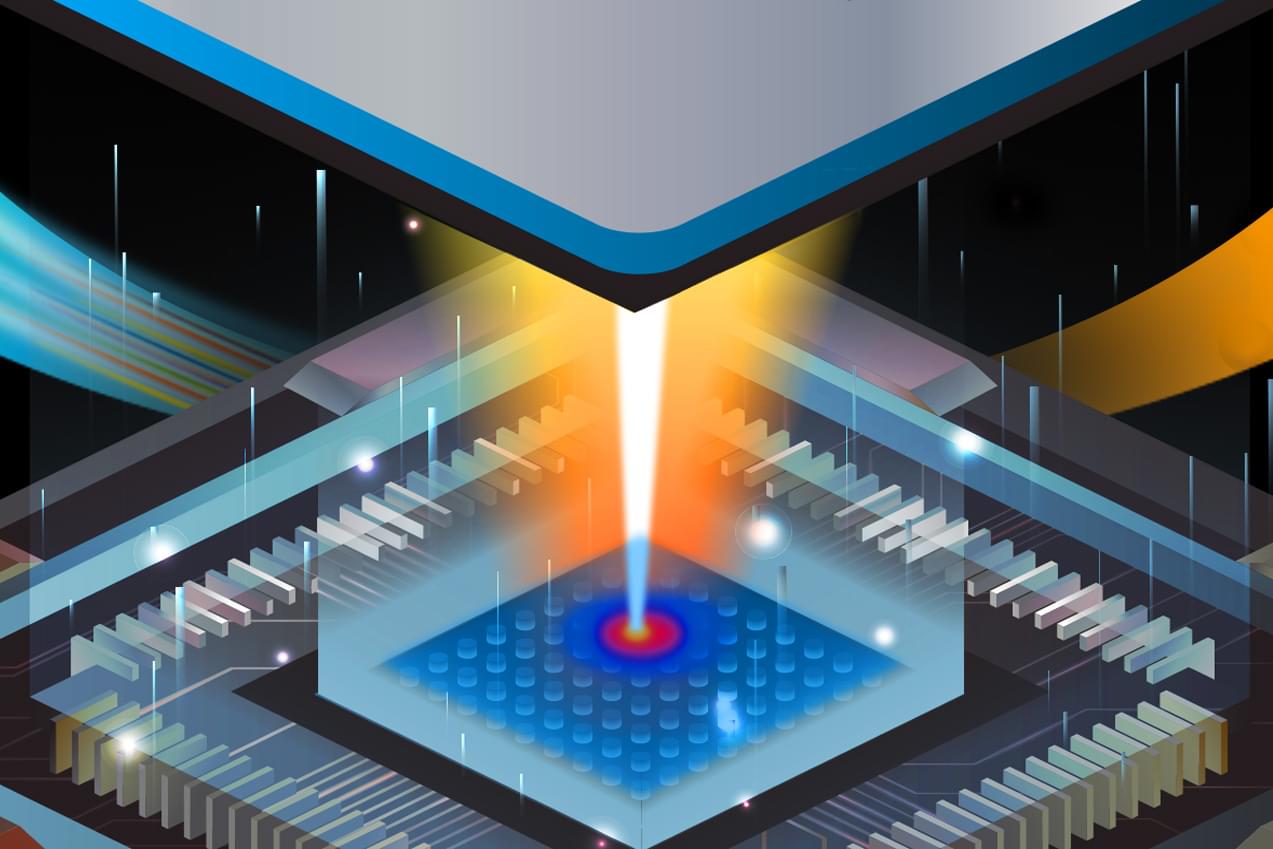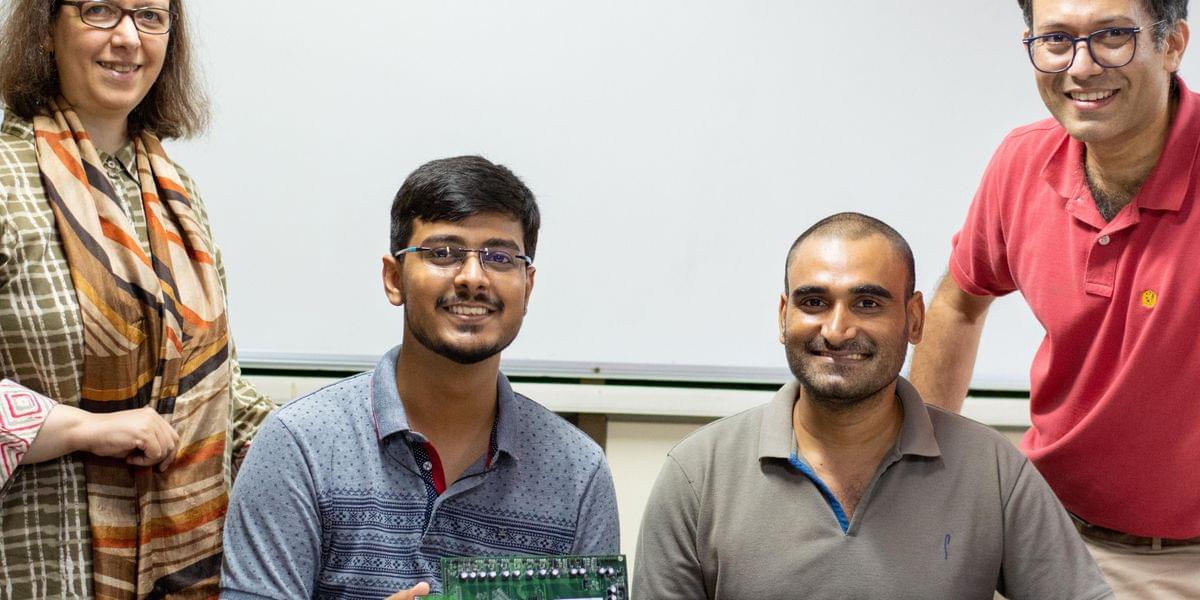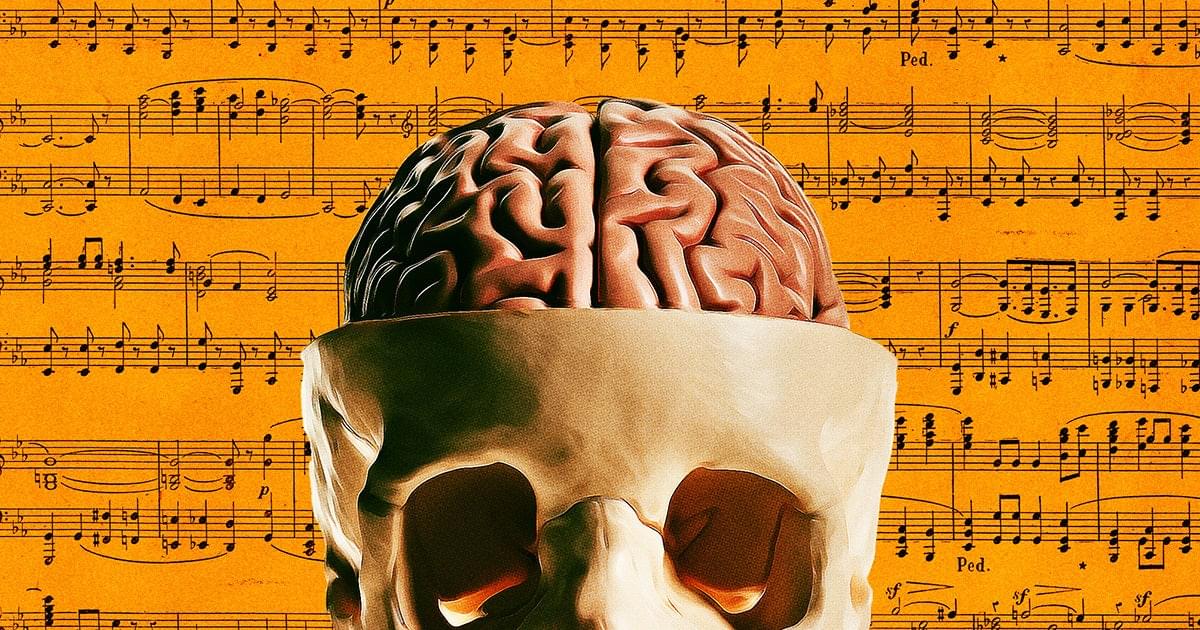Despite groundbreaking innovations, many promising companies in this space struggle.



Using the unique infrared sensitivity of NASA’s James Webb Space Telescope, researchers can examine ancient galaxies to probe secrets of the early universe. Now, an international team of astronomers has identified bright hydrogen emission from a galaxy in an unexpectedly early time in the universe’s history. The surprise finding is challenging researchers to explain how this light could have pierced the thick fog of neutral hydrogen that filled space at that time.
The Webb telescope discovered the incredibly distant galaxy JADES-GS-z13-1, observed to exist just 330 million years after the big bang, in images taken by Webb’s NIRCam (Near-Infrared Camera) as part of the James Webb Space Telescope Advanced Deep Extragalactic Survey (JADES). Researchers used the galaxy’s brightness in different infrared filters to estimate its redshift, which measures a galaxy’s distance from Earth based on how its light has been stretched out during its journey through expanding space.
Amodei stressed that the integration of AI into daily life in the coming years should be a boon to humanity, not a menace or a job-destroying machine.

Be the first to find out about our new videos and articles. Learn interesting facts about various topics and people. Discover the answers to the big questions. Be in the know.
Follow us:
We are on Patreon: https://www.patreon.com/SeriousScience.
Facebook — https://www.facebook.com/serious.science.org/
Twitter — https://twitter.com/scienceserious.
YouTube — https://www.youtube.com/user/SeriousScience.
Instagram — https://www.instagram.com/serious.science.
Tumblr — http://serious-science.tumblr.com/
Patreon: https://www.patreon.com/seanmcarroll.
Blog post with audio player, show notes, and transcript: https://www.preposterousuniverse.com/podcast/2025/04/14/311-…ndamental/
Questions about consciousness range from the precise and empirical — what neurons fire when I have some particular experience — to the deeply profound — does consciousness emerge from matter, or does matter emerge from consciousness? While it might be straightforward to think that consciousness arises from the collective behavior of atoms in the brain, Annaka Harris and others argue that consciousness could be the fundamental stuff from which matter arises. She talks with a variety of experts in her new audio series, Lights On: How Understanding Consciousness Helps Us Understand the Universe.
Annaka Harris received a BFA from New York University. She is the author of Consciousness: A Brief Guide to the Fundamental Mystery of the Mind. She is a co-founder of Project Reason.
Mindscape Podcast playlist: https://www.youtube.com/playlist?list=PLrxfgDEc2NxY_fRExpDXr87tzRbPCaA5x.
Sean Carroll channel: https://www.youtube.com/c/seancarroll.
#podcast #ideas #science #philosophy #culture
In this episode of the Neural Implant Podcast, we’re joined by Nathan Piland, CEO of Nunex, a consulting firm that specializes in helping MedTech companies navigate the complex journey from concept to commercialization. With over two decades of experience across regulatory strategy, product development, and market access, Nathan shares invaluable insights into the critical steps for MedTech startups and established companies looking to succeed in today’s competitive landscape. Tune in as we discuss the unique challenges of the neurotech industry, strategic consulting for MedTech ventures, and how Nunex is helping companies grow and scale through a holistic, tailored approach.
Top 3 Takeaways:
🚀 Join Geekademy for exclusive AI tools, guides, and discounts to level up your AI skills!
👉 Check it out: https://whop.com/c/geekademy-learning/gpt5-geek.
In this video I explore how Sam Altman’s hints about GPT-4.5 and GPT-5 are reshaping the AI landscape. You’ll discover the key differences between GPT-4.5 and GPT-5, learn why OpenAI’s next release could unify “fast” and “thoughtful” AI models, and find out how chain-of-thought reasoning could change everything from creative writing to complex problem-solving. I also discuss the biggest challenges OpenAI has faced during GPT-5’s development—from massive data requirements to persistent engineering snags—and why this model might feel closer to AGI than any chatbot yet.
LEARN AI:
🎓 Ultimate Generative AI Course — https://aimaster.me/generative-ai-course.
🎙️ Talk to AI Master — https://aimaster.me/talk-to-ai-master.
📚 AI Essentials Library — https://aimaster.me/ai-essentials-library.
Chapters:
0:00 — Introduction.
0:24 — Timeline.
3:20 — Release date.
3:38 — Why the Wait?
5:01 — More problems.
7:25 — The Big & The Bigger.
8:41 — A solution.
9:38 — New Architecture.
11:32 — Deeply Multimodal Interaction.
12:34 — Built-in Operator & Scheduling Features.
13:23 — Personalization & Persistent Memory.
14:11 — Larger Context Windows.
14:56 — Visual Planning & Collaboration (Canvas)
16:13 — Will GPT-5 Feel Like AGI?
17:31 — Why GPT-5 Matters.
18:35 — It’s Almost Here
